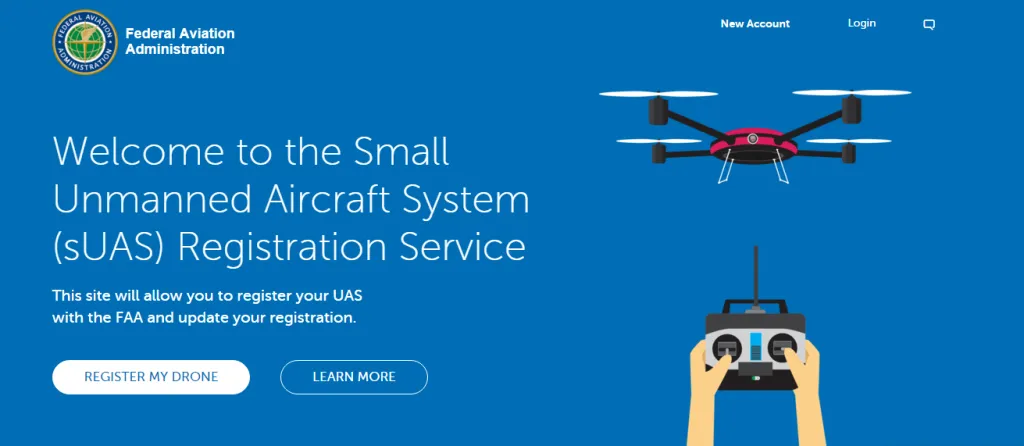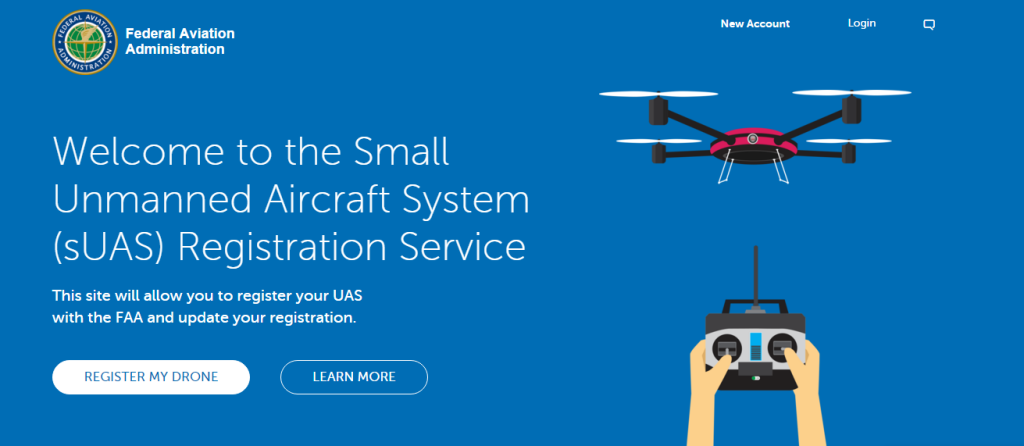I Know Where Your Cat Lives: Think again about Location privacy!
Okay, first let’s get the obvious thing out of the way. The internet was invented to share cat videos and images. Everything else is by accident. Period! (Although, dogs would have been a better reason to do so, well thats a debate for another day).
Majority of the apps that we use today, require location access and while some of them may collect location data in the background, most apps utilise location data whenever we voluntarily send it to their servers – geotagged tweets, Instagram pictures, the list goes on.
While the background tracking is harder to monitor, its rather easy to ensure that our geotagged internet stuff are not a privacy problem. But then we already knew all this, didn’t we?
How do you get the world to take Location privacy seriously? With the every same thing that is the cornerstone of the internet – cat images and videos!
I Know Where Your Cat Lives
IKnowWhereYourCatLives.com is at the same time a hilarious and scary website that showcases the pitfalls of sharing our location on the internet where it tends to live forever!
In order to protect the privacy of the cats (and sometimes wrongly tagged pictures of real people), no pictures have been shown in this article 😉 but feel free to check them out on the awesome (and creepy) website. #IKnowWhereYourCatLives
The Tech Stuff
If you haven’t already jumped off the blog post to the website, you are probably wondering where they got the data and what tools they used to build the website.
Data – It’s all publicly available data under the Flickr, Twitpic, Instagram and other APIs.
Tools – The usual web tools (HTML, JavaScript, CSS) + Google Maps API + Python + some additional tools. Check out their about page for all the info – here’s the link.
One More Thing
In addition to proving a point about Location privacy. They also made some nice maps using the stats – if you are wondering which city shares the most amount of geotagged cat pictures – this is where you need to head (link). HINT: Its in USA!!
I Know Where Your Cat Lives has proved a point, now its our turn to take location privacy more seriously or simply continue to share more geotagged cat images 😉







